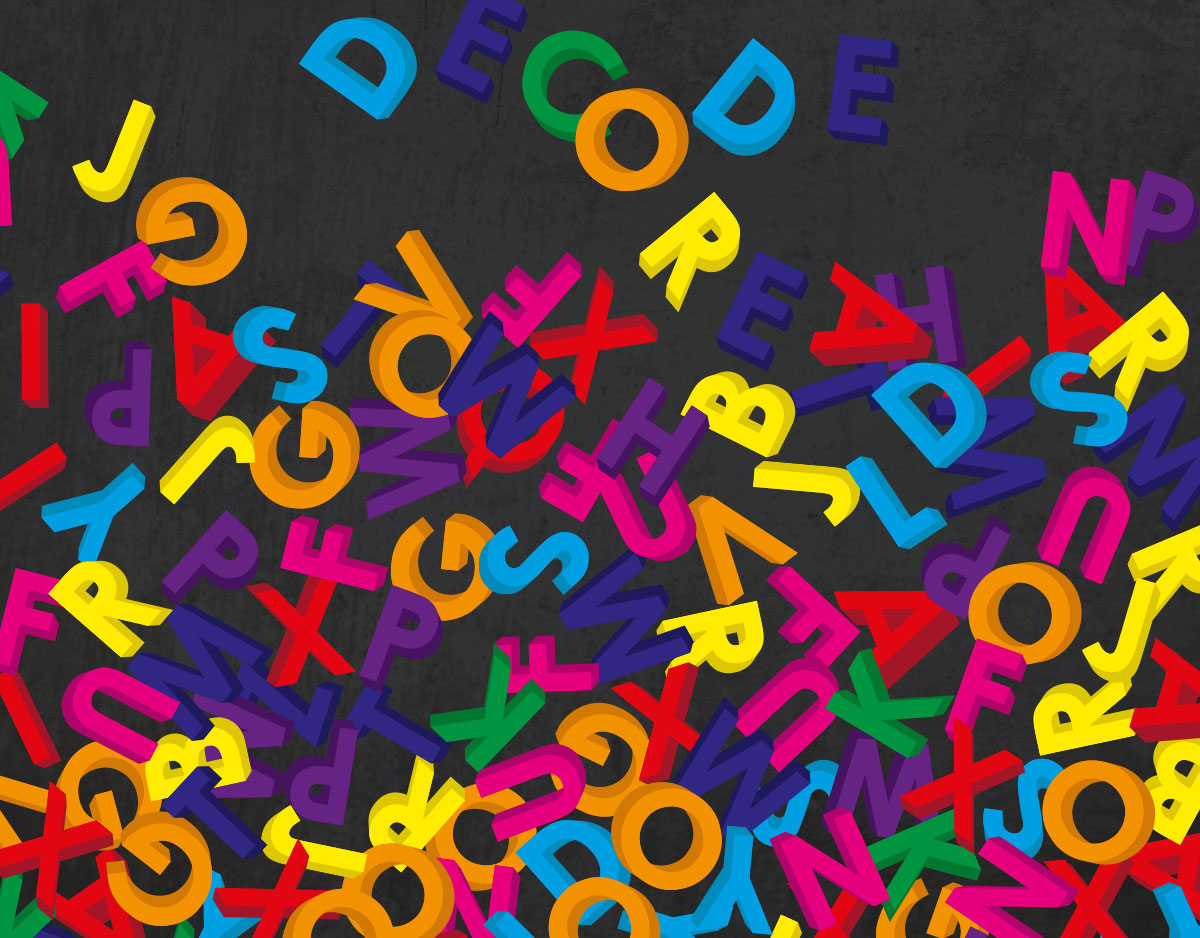Six Ways to Use Decodables in Your Library
Suggestions for curation, displays, word study activities, and more.

Related reading: |
Wondering how to make the best use of decodables in your collection? Try these ideas.
❶ Coordinate with colleagues. Meet with K–2 classroom teachers and reading specialists to communicate about grade-level expectations, including weekly phonetic objectives. It is practically guaranteed that the school’s ELA curriculum and/or phonics program provides a unit map that lists the order of phonics topics for the school year so you can identify decodables with relevant content.
❷ Use your curation expertise. Librarians’ ability to expertly evaluate, acquire, and connect learners with reading resources is pure gold in the eyes of educators, so flex your curation muscles! Offer to look for decodable readers to add to the classroom libraries. Promote what is available to educators and students from the school library collection.
❸ Make a word study station. A simple way to invite students to see the library as a place to play with words would be through an interactive word wall/center that includes weekly prompts. For example, create a space where students can use magnets, stamps, or foam letters to make as many words as they can that belong in the short “a” word family. Coordinate your various word study station topics with teachers’ weekly phonics themes.
❹ Display groupings of decodables. Since decodables are quite thin and delicate compared to other paperbacks, consider grouping them by phonics topic and placing them in clear plastic book/storage bags that are then decoratively labeled and displayed in alphabetical order. This way, the books are protected and easily discoverable by students and teachers alike. The bags can hang from or be propped on shelves and may be catalogued as equipment with a tally of parts, i.e., the titles of the books included. Alternatively, each decodable can be catalogued as an easy reader. Decodables’ lightweight quality and short length can tempt students to gather multiple books at once to try to read in one sitting.
❺ Use decoding jargon. Many decoding strategies have unique names that educators have been using for years. A popular collection of strategies includes animal characters and names representing each strategy, all of which are easily downloadable from sites like Teachers Pay Teachers (e.g., “Flippy Dolphin” means flipping the vowel sounds between long and short to discover which sound fits the word). Find out if your classroom teachers use special prompting phrases to encourage their young readers. Consider including copies of the classrooms’ strategy posters or signs in the library. That will make the space feel familiar and encouraging to the students.
❻ Provide virtual support. Consider creating a virtual phonics practice space on the library’s website or a classroom web page for students to access at school or at home, adding links to online games, PDFs, and ebooks.
Rachel Mulligan, a certified New Jersey elementary educator, holds an MLS from Rutgers University and reviews for SLJ .
RELATED
The job outlook in 2030: Librarians will be in demand
The job outlook in 2030: Librarians will be in demand
ALREADY A SUBSCRIBER? LOG IN
We are currently offering this content for free. Sign up now to activate your personal profile, where you can save articles for future viewing






Add Comment :-
Be the first reader to comment.
Comment Policy:
Comment should not be empty !!!